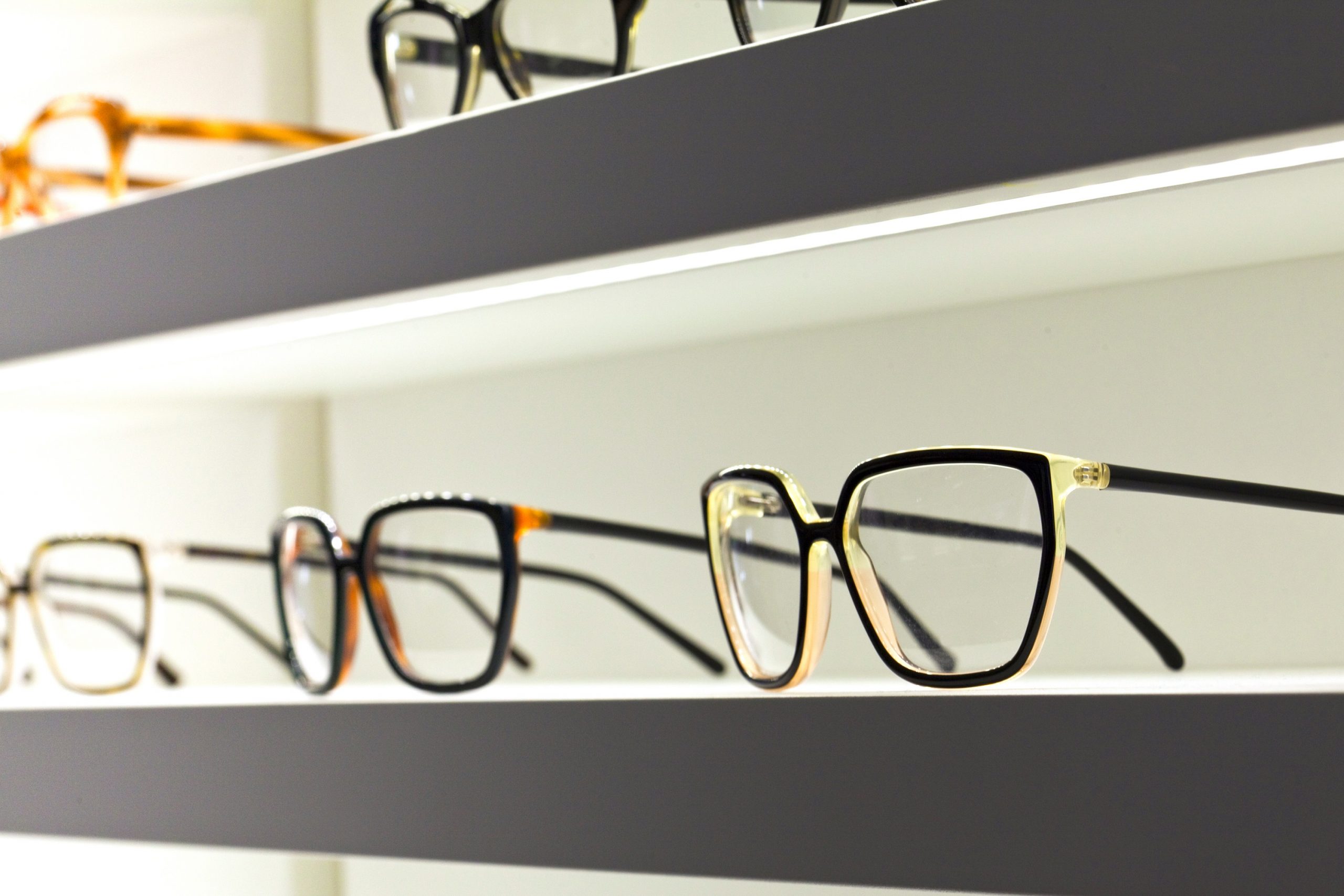Appeal to modern patients with style, variety, and community outreach
The eyewear marketplace has changed. It’s no longer about luxury brands or logos as status symbols. In 2019, consumers are fashion-forward, but more of them are interested in quality, unique products, and even philanthropy. Today’s patients also have different needs for their eyewear, particularly those who spend a lot of time on digital devices. Find out how shifts in your marketing approach and patient education can yield big payoffs for your eye care practice’s bottom line.
Promote fashion, but not luxury brands or logos
Studies on consumer spending are showing that the days of sporting prominent, high-end logos on clothing, handbags, and eyewear are over. If you’re still marketing your glasses that way, you may be losing the millennial market, those born between 1981 and 1996. A recent study by consulting firm Deloitte of consumers aged 20-30 found that millennials are most motivated in their purchases by quality, followed by uniqueness, reported Forbes. “Applying the descriptor ‘luxury’ to a particular brand may well turn these young people off more than it turns them on when it comes to attracting their attention and getting them to buy.”
The article explained that the concept of luxury brands as status symbols doesn’t resonate with millennials. “They still value status, but for them it is status defined by who they are and what they have achieved, not how much money they spent buying some overly-expensive luxury brand.”
Eyewear consumers are still interested in fashion and owning multiple frames, but luxury brands and logos as status symbols do not appeal to millennials.
Consumers are still interested in owning multiple pairs of frames, and fashion is often the driving force. “Are You Uncool If You Only Own One Pair of Glasses?” asked an article in the Style & Fashion section of the Wall Street Journal last year, reporting on the trend of stylish men buying multiple frames to vary their look.
Be sure to keep this in mind in your marketing and sales language. “If you use ‘second pair,’ you just limited your customer to two pairs…and why would you limit yourself to only two pairs?” said Robin Brush, the optical manager at Eyeoptics in Omaha, in Invision magazine. At Eyeoptics, a shift toward using the term “multiple pairs” resulted in sales in this area increasing 15 percent over three years, a steady improvement that has boosted the company’s overall performance. “Our record, by the way, is 14 pairs to one patient,” said Brush.
Educate more than you advertise
Another way to encourage your patients to purchase multiple pairs of glasses is to educate them on why this is a good idea. In particular, reach out to patients who frequently use computers. With more people using screens for more hours of the day at work and at home, eye doctors are seeing the harmful effects from blue-light exposure and digital eye strain, also called Computer Vision Syndrome (CVS).
Tell patients that you can provide them with customized computer glasses that include an anti-reflective coating and a blue-light screening component that protects against UV radiation and the blue light emitted by electronic devices, which can disrupt sleep and even lead to macular degeneration.
Also talk to patients about occupational progressive lenses that are specially designed to allow the wearer to see clearly at the optimal viewing distances needed to relieve the discomfort of digital eye strain. Patients may not realize that symptoms including dry and irritated eyes, blurred vision, light sensitivity, and headaches are related to their screen use, and that certain exercises and lenses can help.
Proactive patient education about specialty lenses for blue-light filtering, sun protection, and sports can help patients understand the need for multiple pairs of eyewear.
Lastly, educate patients about sun protection for the eyes and sports eyewear, both for safety and enhanced performance. They may not know that the technology, fit, and style of protective eyewear has advanced significantly over the years. “Sports eyewear is made of stronger materials and designed for ultimate impact resistance and durability,” said American Optometric Association President Samuel D. Pierce, OD. “It is also designed for ultimate comfort, fit and coverage to protect from elements, such as sun, water, or wind.”
Give back and encourage patients to ‘shop small’
We’ve discussed before how philanthropy is especially important to millennials. A Fortune poll found that Americans between the ages of 18 and 34 were more likely than their elders to want to support businesses that contribute to charity or give back to their community in some way. That includes medical practices.
Despite the threat of online eyewear retailers—which still only make up just over 4 percent of total prescription eyeglass sales—more consumers are willing to shop local and support small businesses. Proof of this is the success of the “Shop Small” movement, spearheaded by American Express. In 2018, U.S. consumers reported spending a record high of an estimated $17.8 billion at independent retailers and restaurants on Small Business Saturday, the day after Black Friday, according to data from American Express. In addition, 96 percent of consumers who reported shopping on that day said it makes them want to “shop small” all year long, not just during the holiday season. Remind patients that shopping local improves the economy and their community, and is more environmentally friendly.
Setting your eye care practice apart from the competition is a matter of giving patients what they want. Are you doing what it takes to reach today’s fashion-forward, tech-savvy patients?
Find out how we can help you sustain your practice’s growth, expand your reach, and attract new patients.

